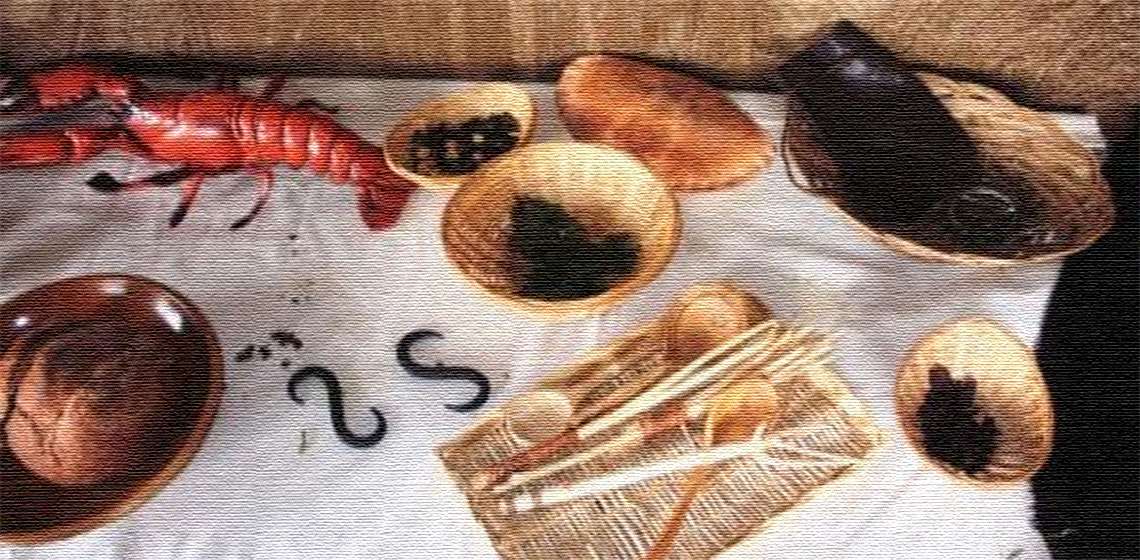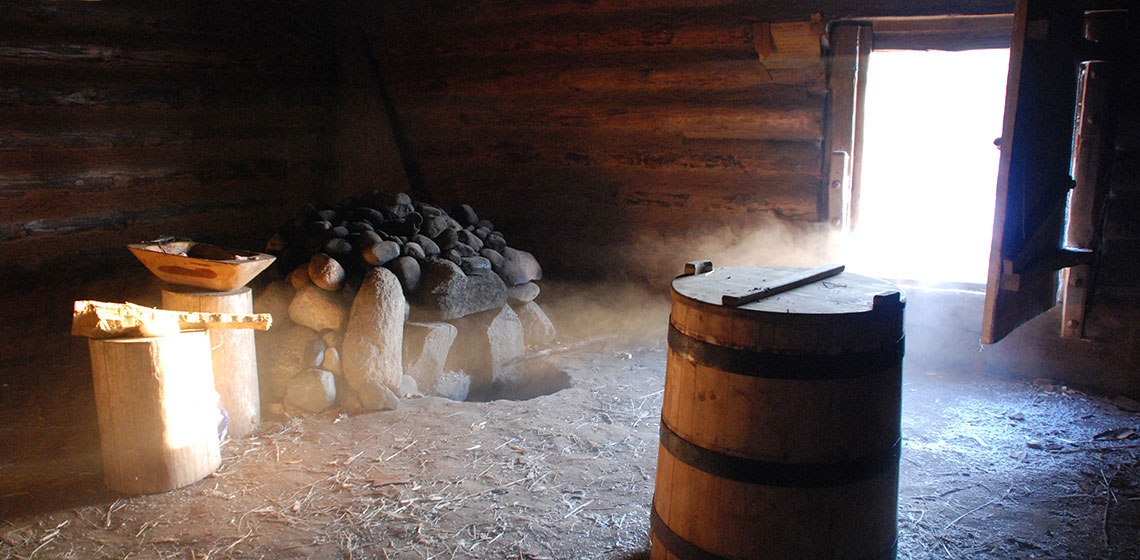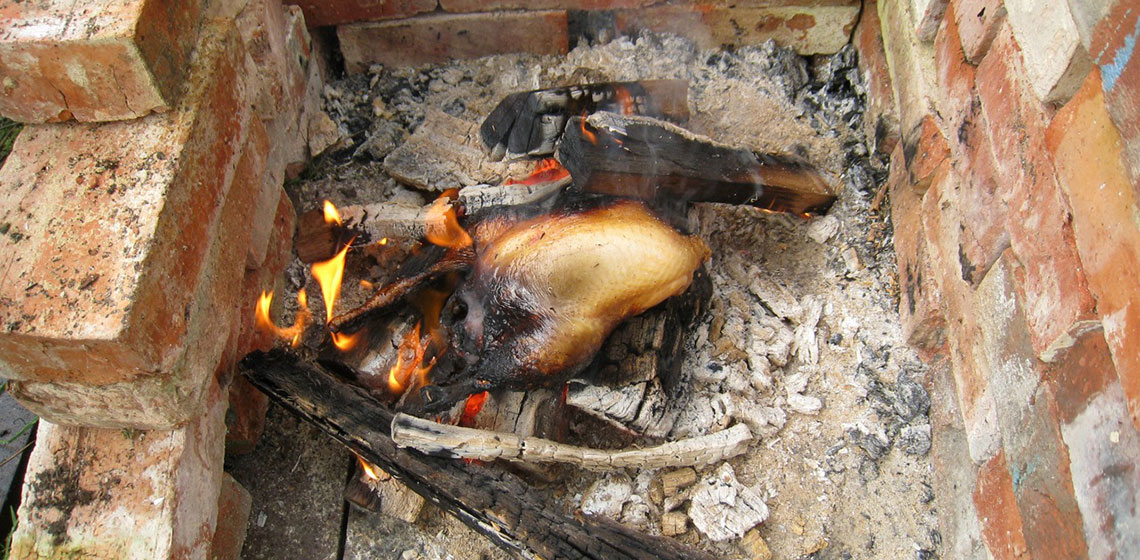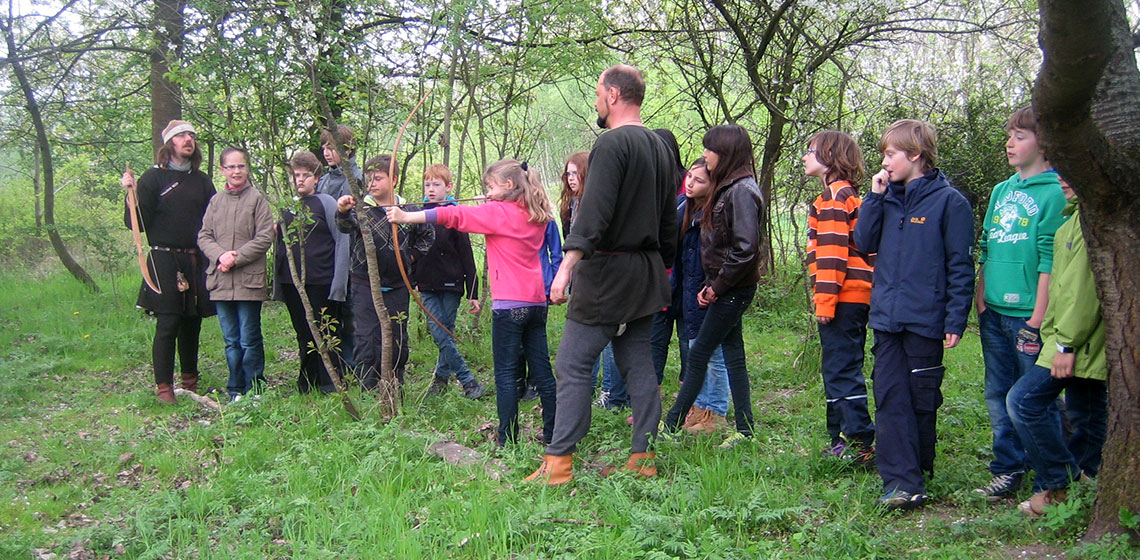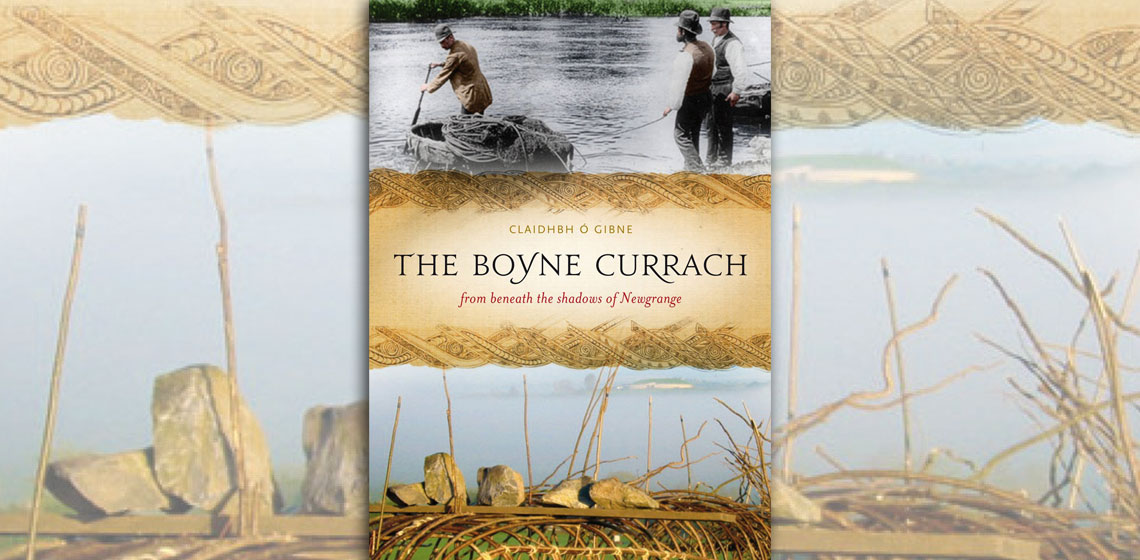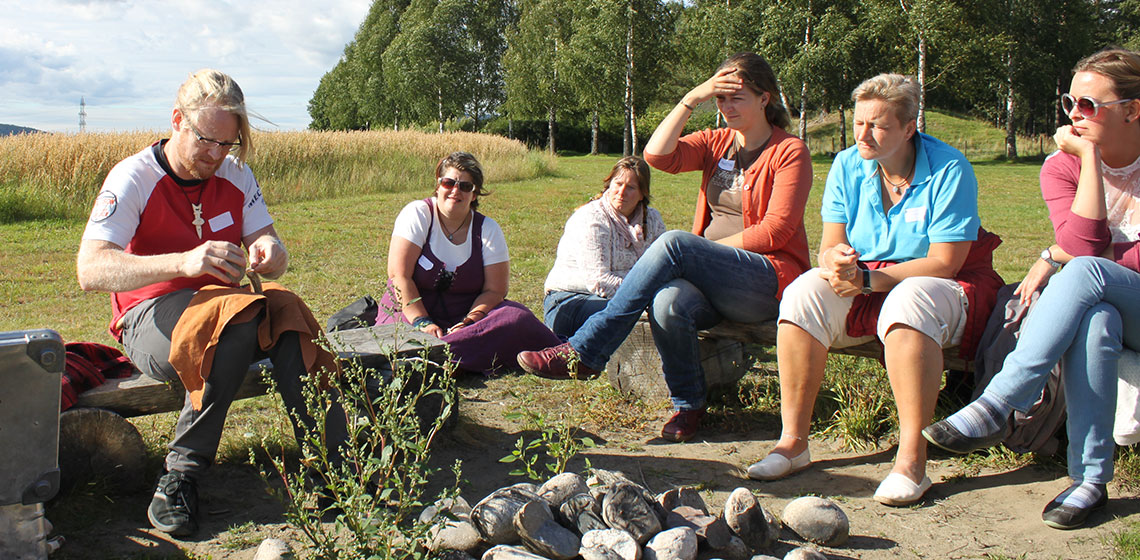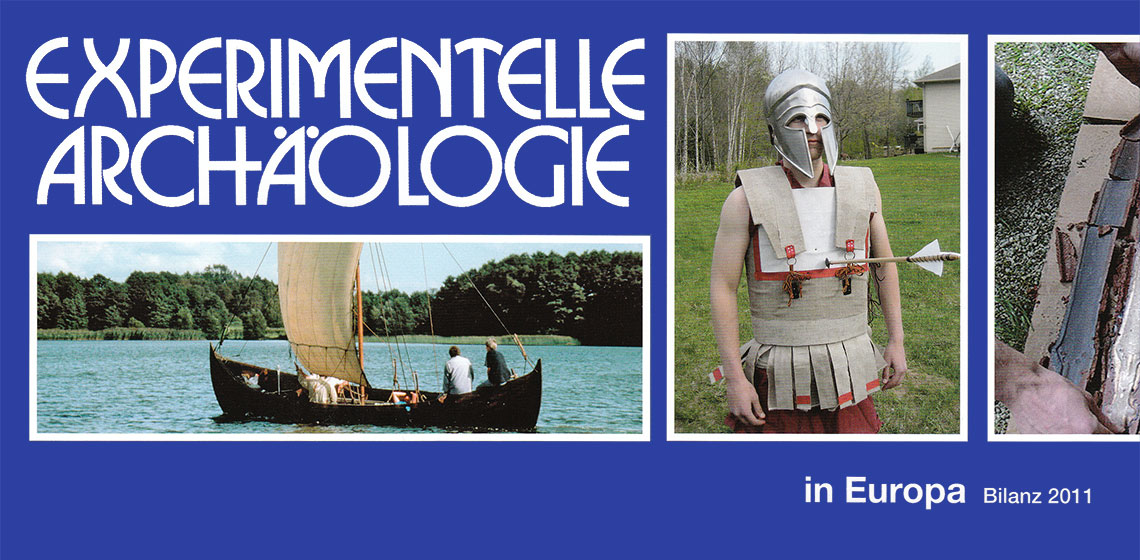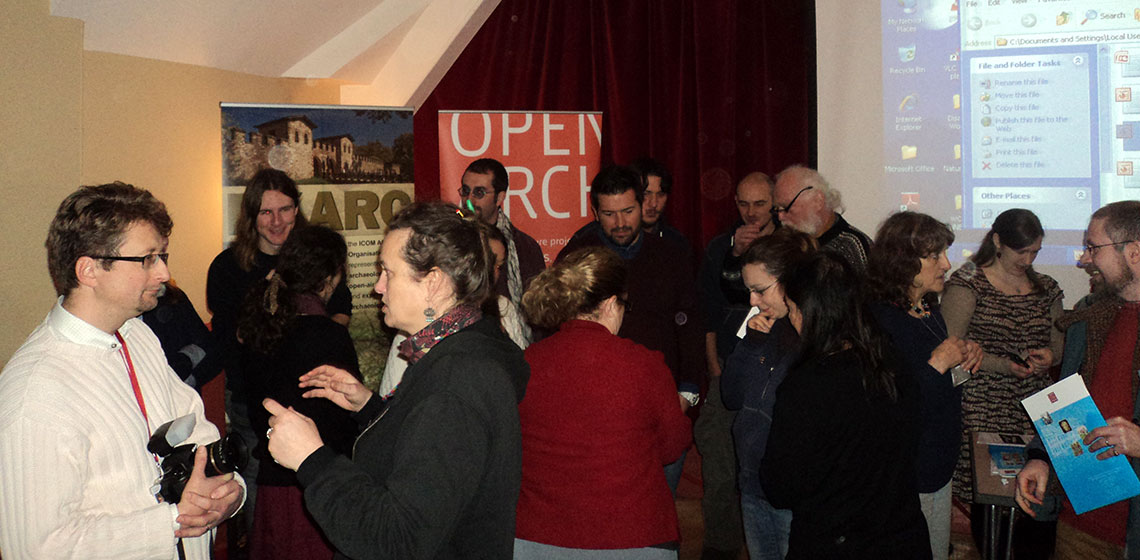Viking Age
Discussion: Food - Reconstruction and the Public
Where Were the Viking Brew Houses?
***The authors have over 15 years' experience in experimenting with recreating ancient and traditional techniques of making ale from malted grain. Graham is a craft brewer, with 30 years' experience making beer from the grain. Merryn is an archaeologist, with an interest in malting and brewing technologies...
Aspects on Realizing House Reconstructions: a Scandinavian Perspective
1987 ESF Proceedings
The 1980s was the beginning of a boom in the construction of archaeologically inspired buildings inside and outside archaeological open-air museums.
***Experiments are an integrated part of archaeological research, a tool used to analyse and understand archaeological phenomena. It is a method as legitimate and as problematic as so many others. The reconstruction of wooden buildings is a main branch of experimental archaeology.
Testing a Reconstruction: A Frosty Week in a Viking Age House
Fire and Bone: An Experimental Study of Cremation
***Many bone fragments have been burned in controlled laboratory conditions but few have been burned on outdoor pyres. In order to study and understand cremated bone, it is crucial to conduct experiments in real environmental conditions. In this study several cremations were carried out outdoors...
A Playground Amongst Museums - The Bauspielplatz: from an Open-air Youth Centre to a History Experience Site - an Unusual Development
Book Review: The Boyne Currach: from Beneath the Shadows of Newgrange By Claidhbh Ó Gibne
Claidhbh Ó Gibne has devoted himself to building traditional currachs and researching their history. His new volume, The Boyne Currach: From beneath the shadows of Newgrange, puts the currach in the context of the history of...
Conference Review: The 2nd Annual Seminar of Experimental Archaeology in Norway
Twenty-seven participants gathered at Hringariki museum at Hønefoss in Eastern Norway during a two-day conference from September 1st thru 2nd, 2012...
Book Review: Experimentelle Archäologie in Europa, Bilanz 2011
***Bilanz 2011 once again supplies an exciting, diverse and interesting view into the world of experimental archaeology. Published by EXAR in cooperation with the Pfahlbaumuseum Unteruhldingen, Isensee Verlag, Oldenburg 2011, 270 pp, ISBN 978-3-89995-794-5
Conference Review: 7th Experimental Archaeology Conference, Cardiff 2013
***The 7th Experimental Archaeology Conference was held on 12-13th January 2013. This annual event, first held in 2006. This year it was hosted jointly by the School of History, Archaeology and Religion at Cardiff University and St Fagan’s Open-Air Museum. Seventy-five delegates originally booked to attend, but one hundred actually...

